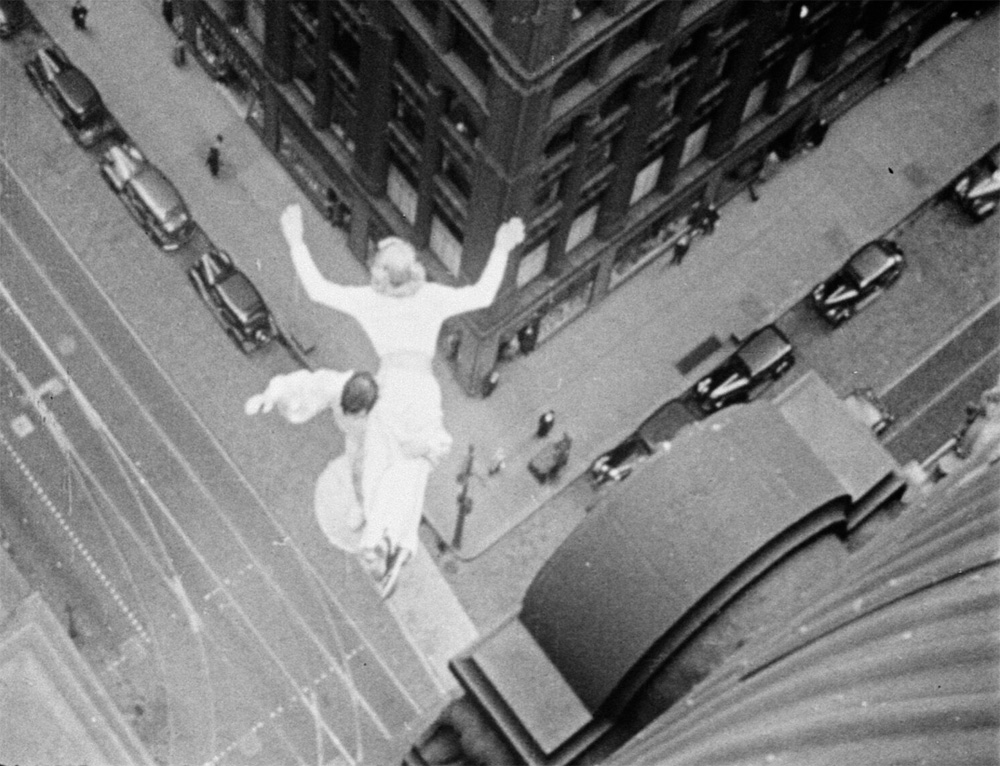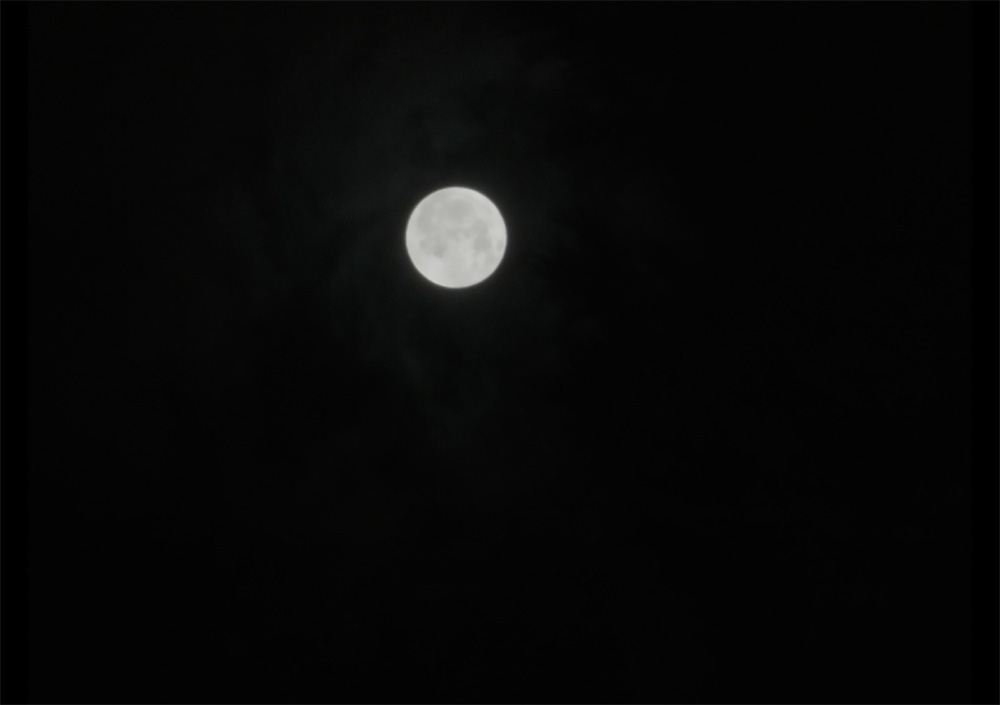15: Another Movie by Morgan Fisher
The films by Los Angeles artist and filmmaker Morgan Fisher (Courtisane Artist in Focus 2010) are largely about film itself, whether in its material form and technical procedures or as an institution, such as the tropes of films made in the commercial film industry. Since the late 1990s Fisher has been active mainly as a visual artist, producing paintings and other works, many of which, like his films, bring into view unexamined assumptions about their medium. His later films Standard Gauge (1984) and ( ) (2003) are examples of found footage, made of fragments of existing films. We’d been waiting since 2003 for ‘another movie’ by Morgan Fisher. Here it is.
In the presence of Morgan Fisher.
Morgan Fisher will give a lecture on his visual work on THU 29 March 20h00.
KASKLEZING KASK / School of Arts - Anatomisch Auditorium (Cirque)
In collaboration with KASKlezingen and KASK media arts department.


